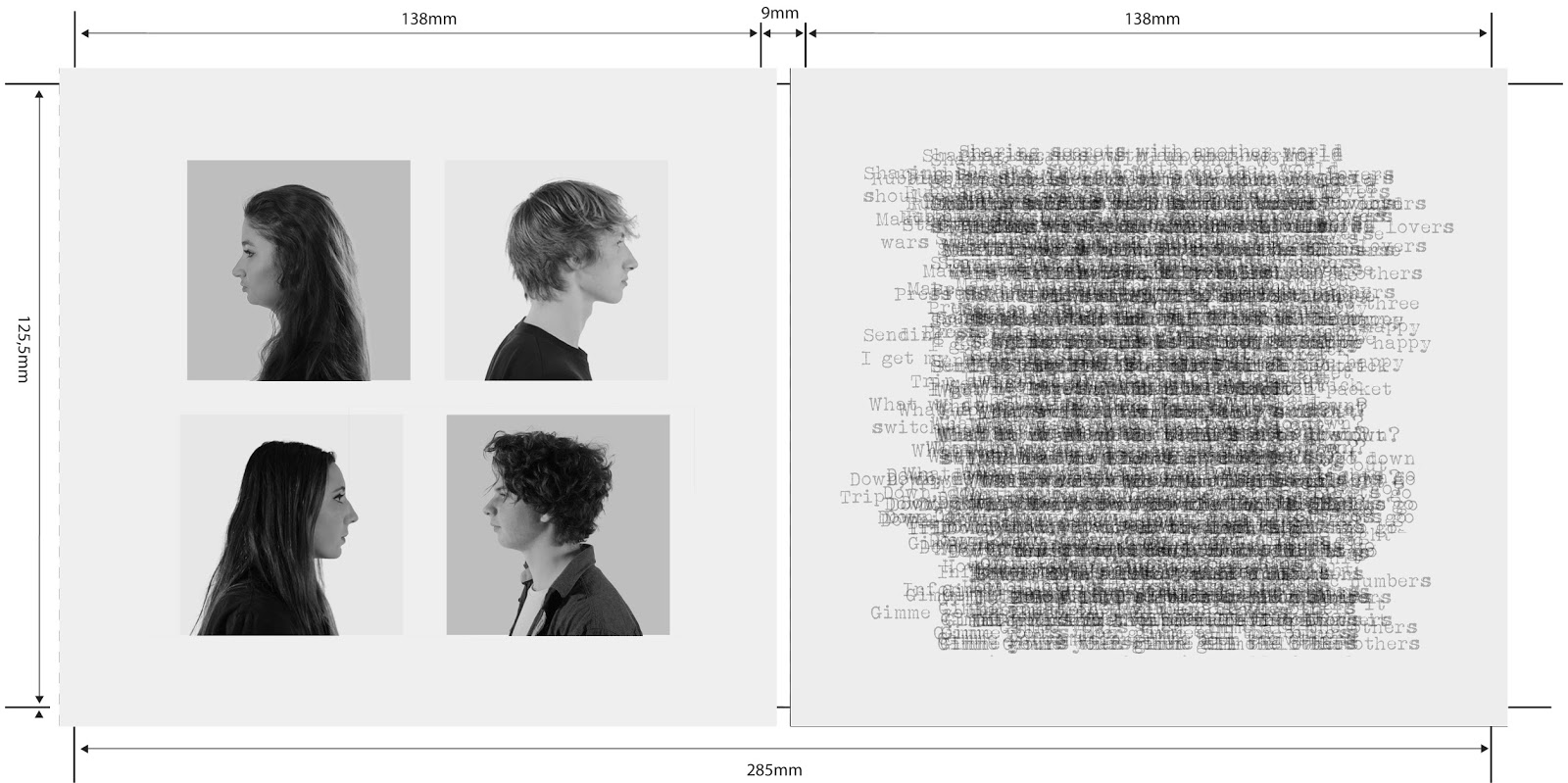1) Film genre and type of production?
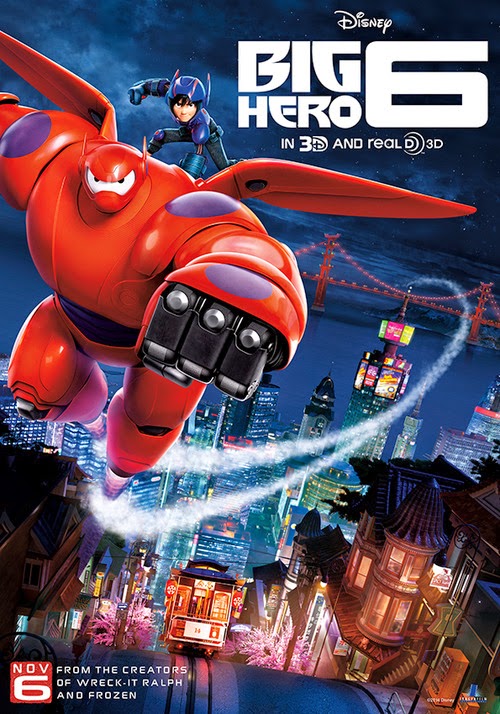 'Big Hero 6' consist of the genres comedy, adventure, action animation movie. It has been rated PG, it's a high budget Hollywood production that's high concept with a big status. It will be seen as an 'event movie' and will be released in 3D.
'Big Hero 6' consist of the genres comedy, adventure, action animation movie. It has been rated PG, it's a high budget Hollywood production that's high concept with a big status. It will be seen as an 'event movie' and will be released in 3D.-Official website.
2) Whats the film about?
The special bond that develops between plus-sized inflatable robot Baymax, and prodigy Hiro Hamada, who team up with a group of friends to form a band of high-tech heroes called 'Big Hero 6'. This is seen in the trailer and found on the marvel website. We see that the main themes are about fighting crime, friendship and coming-of-age.
3) Global and UK release dates? Where and what formats?
In the US the film is released on the 7th of November 2014 and the 30th of January in the UK as theatrical releases. It will have a staggered release worldwide between the 23rd of October 2014 at the Tokyo International Film Festival and the last release is in France on the 11th February in 2015. The movie is relying heavily on positive word of mouth and no plagiarism. On the official website there is also a countdown to the release in America which is informative and attention-grabbing.
4) Nationality of the film?
The film is American but was initially set in Japan but has been Americanized for example with the name 'San Fransokyo'.- Wired online article
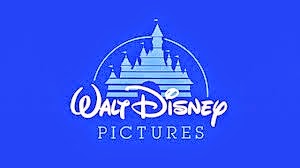 5) Institutions behind the film's production and UK/US distribution? Where are they based?
5) Institutions behind the film's production and UK/US distribution? Where are they based? Disney Animation Studios, Walt Disney Motion Pictures and Marvel produced the film and a very small percentage was sold to a Hungarian distributor. The film was vertically and horizontally integrated as many of its institutions were global corporations as a way to reach and appeal to people all over the world, they did this by advertising the film in Disney stores, using their app and on the official website. On their Facebook page there were also many competitions and sneak peeks of the movie, such as their inspired art competition or the chance to win a trip to LA to see the premier.
6) What's the film's production budget?
The film will be high budget and financed by Disney, we are estimating about $200 million will be spent on the making of this film.- Big Hero 6 Wikepedia & the Disney Animation website.
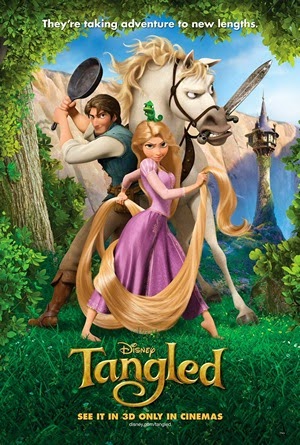

7) Any connection with other films?
The production companies also produced 'Frozen', 'Wreck-it Ralph' and 'Tangled' which was also promoted in the trailer.
The production companies also produced 'Frozen', 'Wreck-it Ralph' and 'Tangled' which was also promoted in the trailer.
8) Who's the director?
Don Hall and Chris Williams are the directors of this film, Don Hall is a free-lance worker who also helped produce 'Tarzan', 'Brother Bear' and 'Princess and the Frog'. Chris Williams is a staff of Disney who also co-produced 'Bolt'.
Don Hall and Chris Williams are the directors of this film, Don Hall is a free-lance worker who also helped produce 'Tarzan', 'Brother Bear' and 'Princess and the Frog'. Chris Williams is a staff of Disney who also co-produced 'Bolt'.
9) How has the film been cast? Who's in it?
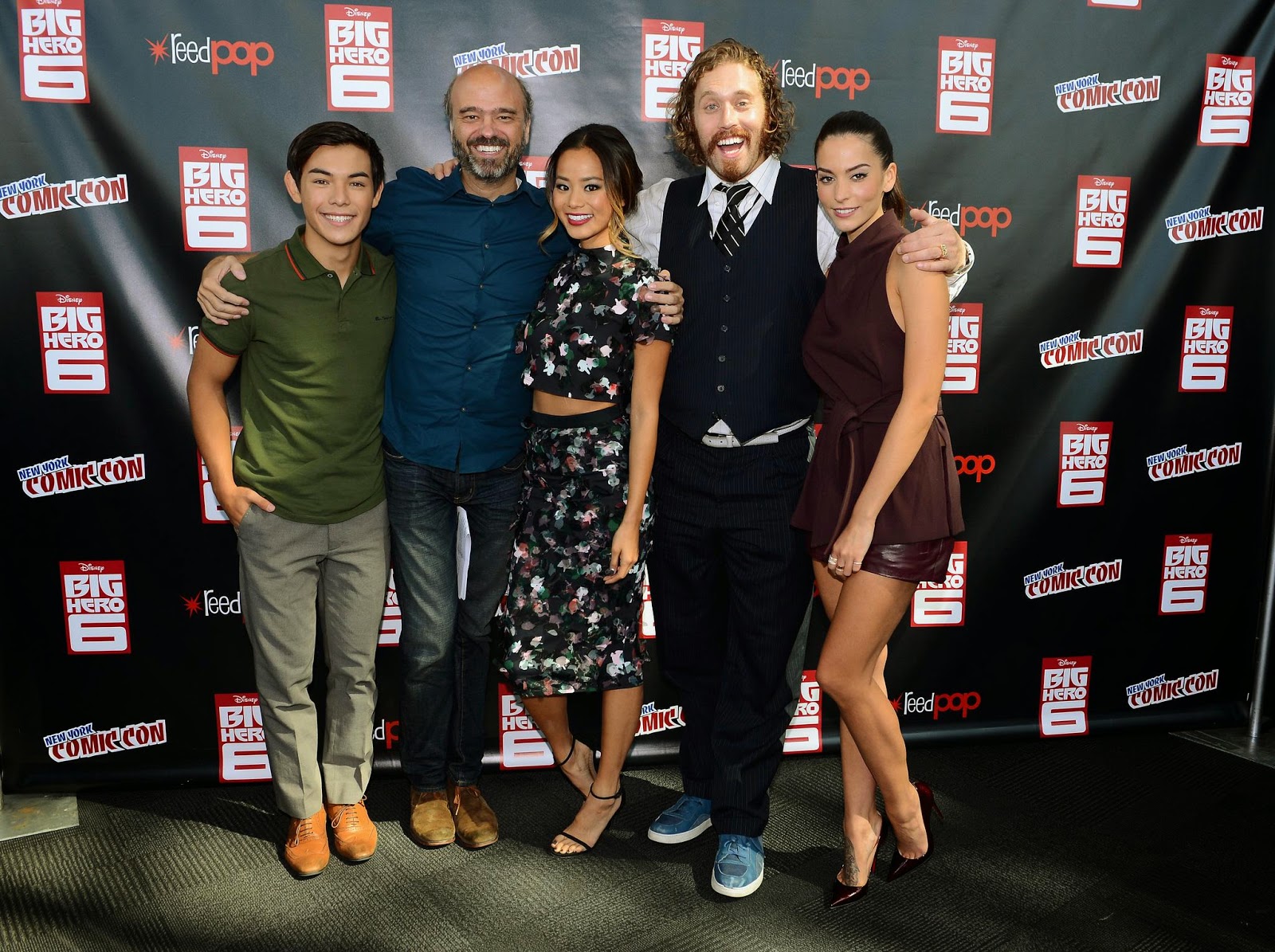 All of the actors who have been cast are big American or Japanese actors and is predominantly male, these consist of:
All of the actors who have been cast are big American or Japanese actors and is predominantly male, these consist of:- Genesis Rodriguez- singer actor and model
-Jamie Chung-actor
- T.J Miller- comedian
-Alan Tudyk- actor
-James Cromwell- theatre actor
Big Hero 6 wikipedia page.
10) Core audience? Secondary/tertiary markets?
The core audience for this film is families and younger children but also parents as it includes adult humor. Fans of Disney and Pixar-style movies are also core audience. Secondary audience's would be teenagers and fans of action/marvel movies. The tertiary audience consists of fans of big event movies and people who are going on a family day out and also fans of children films.

